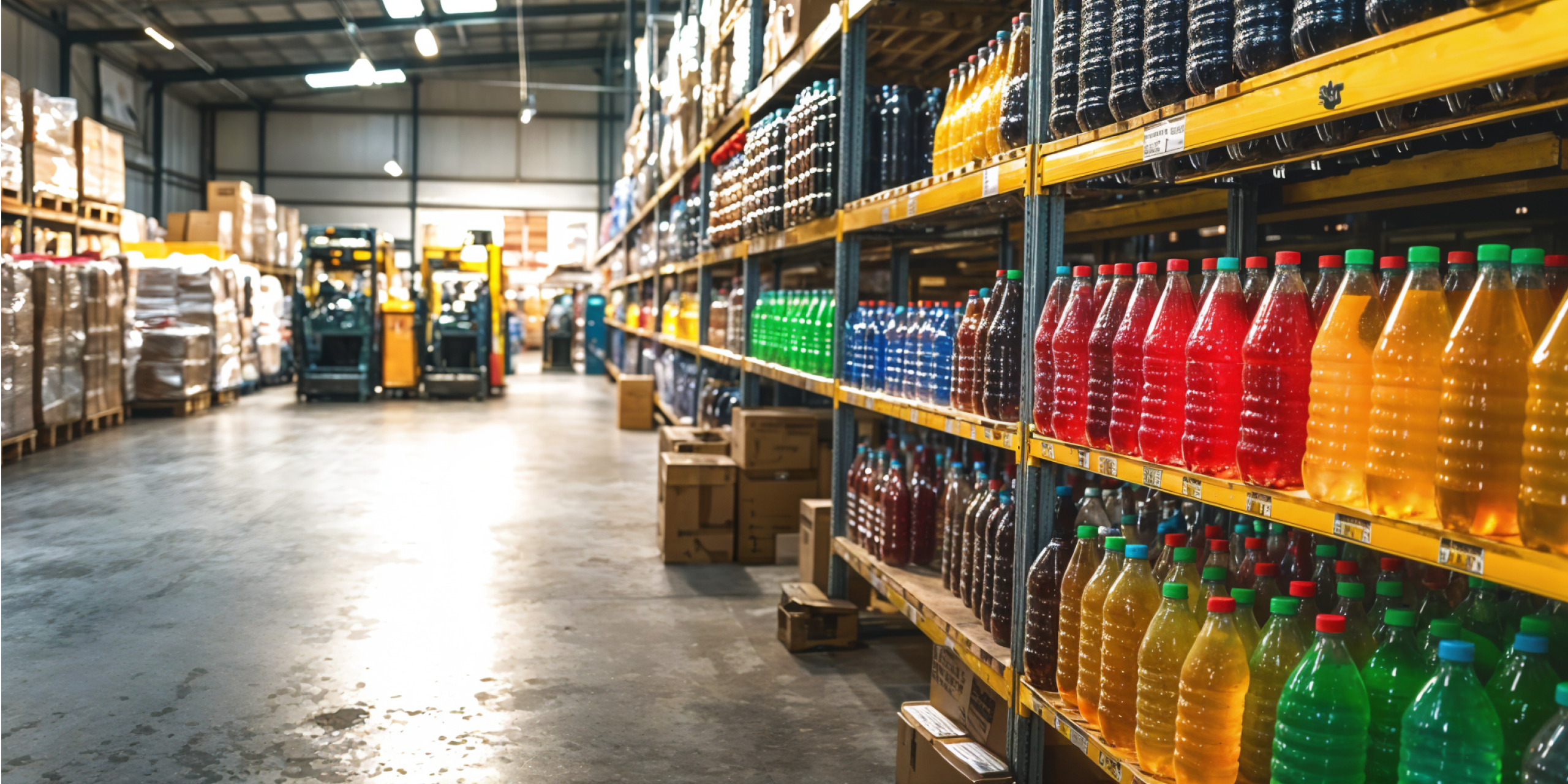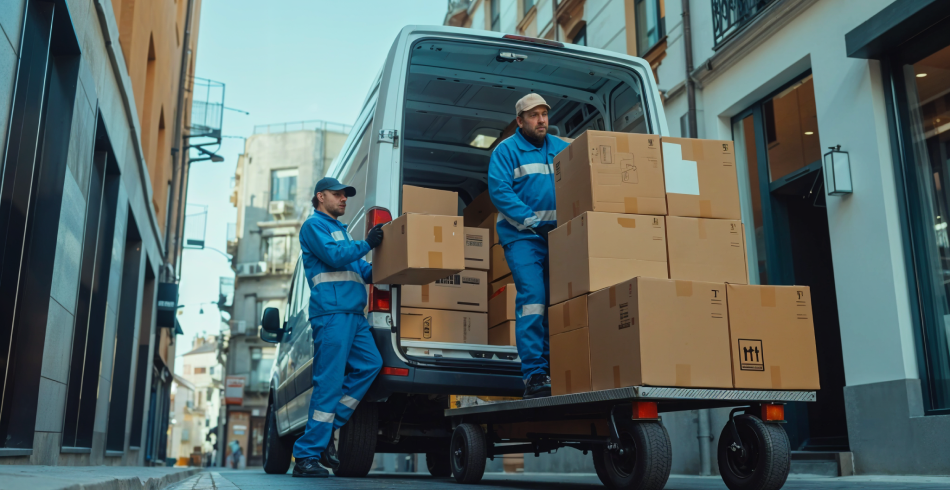Dark Stores Explained

At first glance, a dark store might look like a regular retail space. But instead of shoppers browsing the aisles, they are filled with pickers and automated systems are hard at work fulfilling your online orders. Dark stores are designed for one thing: efficiency. They’re optimised to ensure that items move quickly from shelf to doorstep, with minimal human interaction and high-tech systems like GPS and data analytics routing products to where they need to be.
Dark stores operate in strategic locations, close to residential areas, to cut down delivery times. If you’ve ever needed groceries in a pinch or a same-day delivery for a last-minute gift, a dark store is responsible for making that happen. Their location and streamlined operations ensure you’re getting the freshest products, well-organised inventory, and, most importantly, a reliably short delivery window.
The demand for dark stores has surged by 40% in the past three years, and with consumer demand booming, these facilities are popping up even closer to homes—within every 5-kilometer radius in densely populated areas.
How Are Dark Stores Different from Warehouses?
Warehouses are massive spaces where goods are stored for long periods, often miles away from your home. These large distribution centres store many categories of products in large quantities to serve multiple retail outlets and can take longer to get products to your door. Dark stores, on the other hand, are designed for speed and precision, storing fast moving products typically with shorter shelf life.
Dark stores are also not to be confused with In-City Warehouses. Though both dark stores and InCity warehouses serve urban areas, they cater to different purposes.
InCity warehouses are smaller versions of traditional warehouses but focus more on storing inventory for quicker replenishment to physical stores. They often handle bulk stock and ensure nearby retail outlets remain well-stocked. Dark stores, however, are purely designed for direct-to-customer deliveries for orders placed on quick commerce or ecommerce platforms. They don’t supply products to physical stores. Instead, they act as mini-fulfilment centres optimised for individual online orders. This distinction allows dark stores to focus on hyper-local deliveries and cater directly to consumer demands rather than supporting a broader retail supply chain.

What Are the Key Features of Dark Stores?
While both dark stores and warehouses are designed for storage and distribution, the operational and infrastructure setups differ significantly for an ideal dark store.
Dark stores are small in size (in India, between 3000 – 8000 sq ft), urban-based and located near densely populated residential areas to make them ideal for fast last-mile delivery. The layout of is designed for maximum speed and efficiency to enable quick picking and packing of orders. This setup prioritises online order fulfilment.
Dark stores maintain smaller, fast-turnover inventories, focusing on fast-moving consumer goods (FMCG), particularly groceries and perishables. Stock is rotated frequently to ensure freshness. In developed markets across the globe, automation is a key feature, enhancing efficiency through systems like goods-to-person (G2P) technology, where items are brought to pickers rather than requiring pickers to walk through aisles. This speeds up the order fulfilment process, especially during peak periods. While traditional warehouses also use automation, their systems are more complex, managing larger-scale inventory, packing, and shipping processes. Many dark stores also offer click-and-collect services, where customers can conveniently collect their orders, which is absent from a traditional warehouse.
To ensure the quality of perishables and support quicker delivery times, dark stores are equipped with specific zones for temperature-sensitive goods, including chilled sections for fresh produce, frozen areas, and ambient zones for dry goods.
Challenges of Dark Stores in India
Setting up dark stores requires significant upfront costs for infrastructure, technology, and automation systems. This makes it particularly difficult for smaller retailers to compete, since they may not have the financial resources to establish and operate these stores efficiently. Once set up, managing them requires a specialised workforce trained in order fulfilment, particularly in tasks like picking and packing items accurately and quickly.
As online orders increase, so does the environmental impact, including the use of packaging and transportation for deliveries. Retailers face pressure to implement eco-friendly solutions, such as sustainable packaging materials and green delivery options, to minimise their carbon footprint, which is also a challenge currently.
Summary
Dark stores are at the forefront of the logistics revolution, driven by the surge in e-commerce and quick-commerce demand. Projections show that the total area occupied by dark stores will increase by 15%, from 22.8 million sq ft in 2024 to 27.1 million sq ft by 2027. With their focus on speed, efficiency, and proximity to customers, dark stores are reshaping the last-mile delivery landscape. They’re not only addressing consumer expectations for fast deliveries but also transforming the real estate market by making underutilised spaces more lucrative. Dark stores have become a key component in the future of retail, and the signs underscore that they’re here to stay.